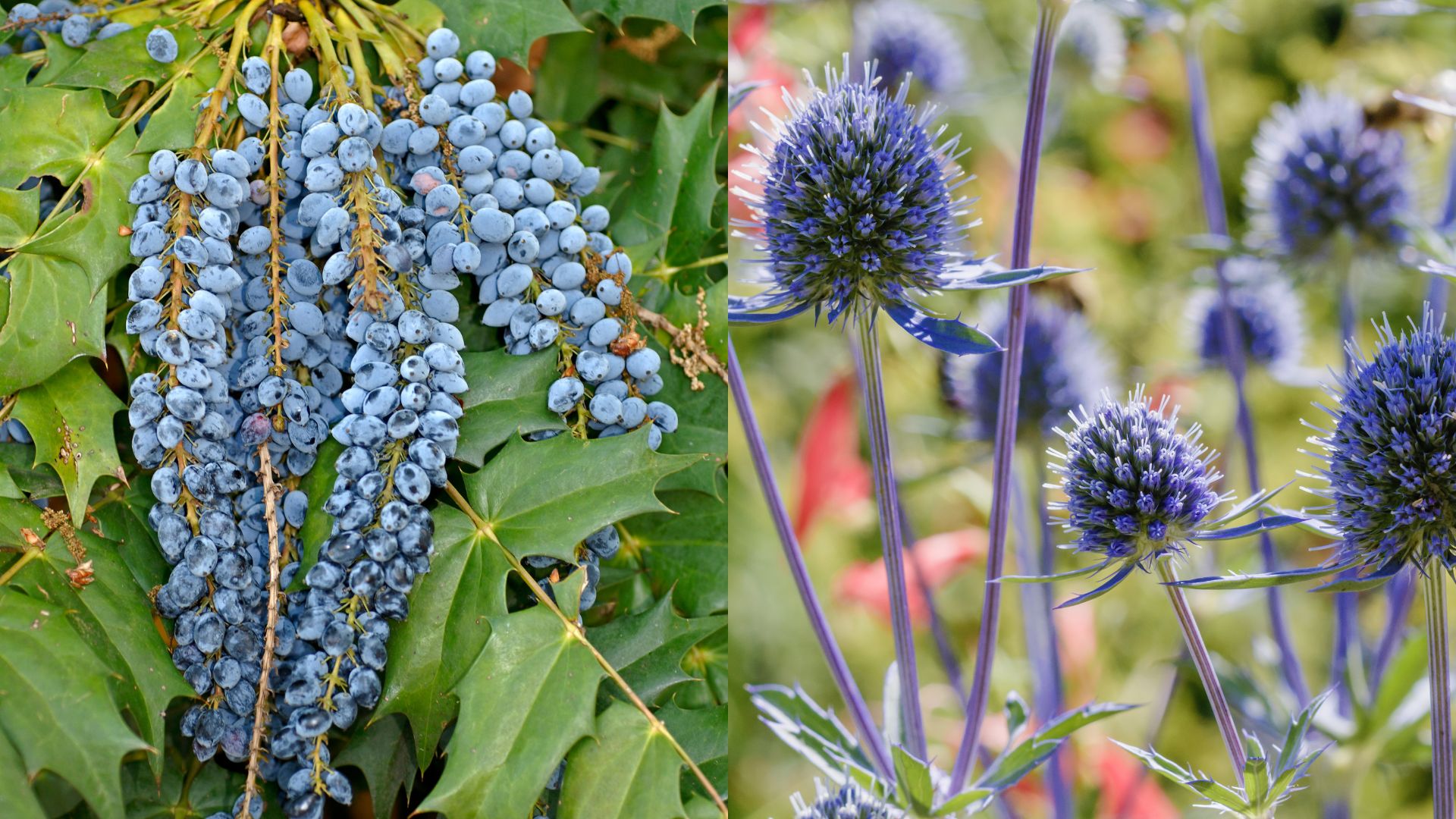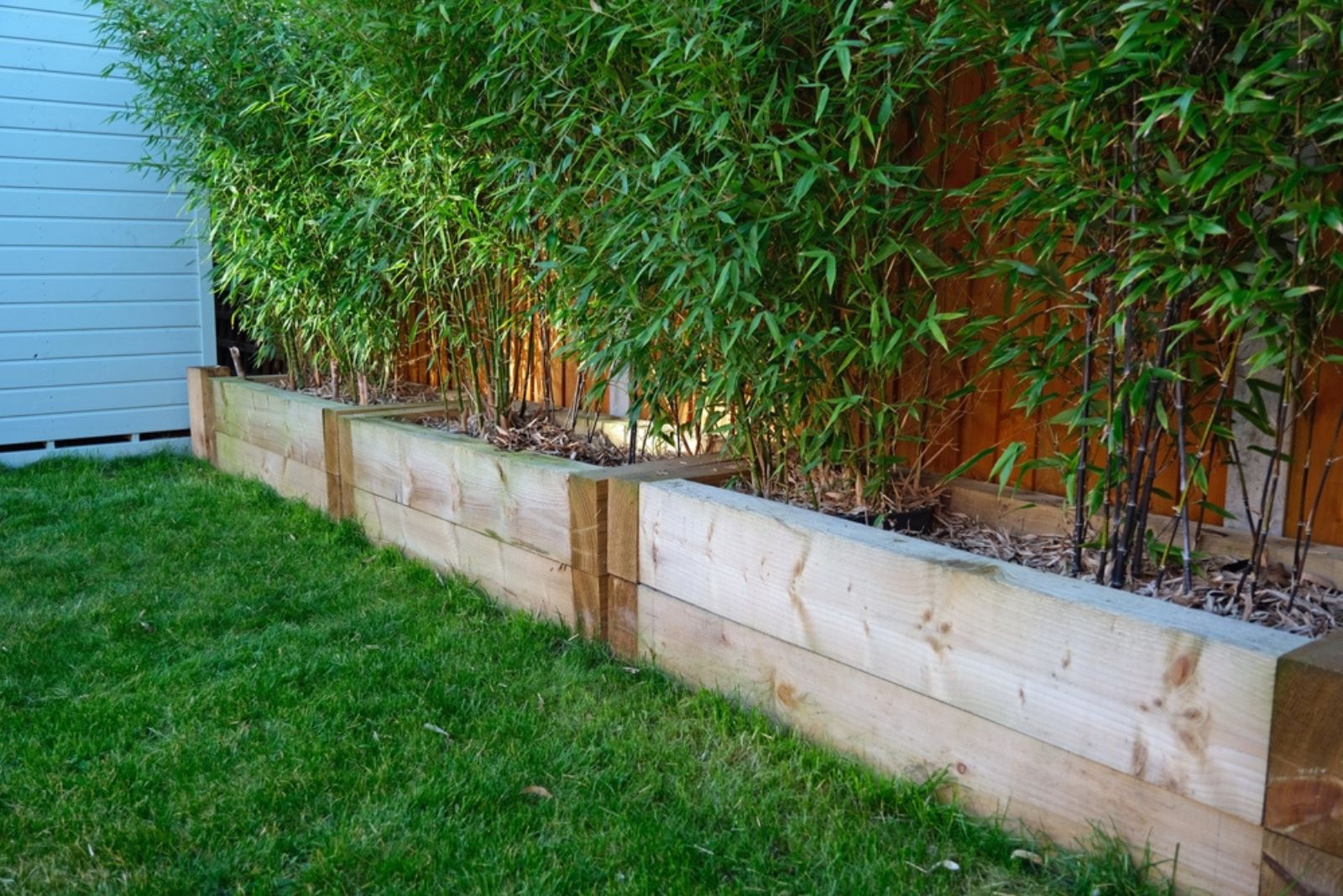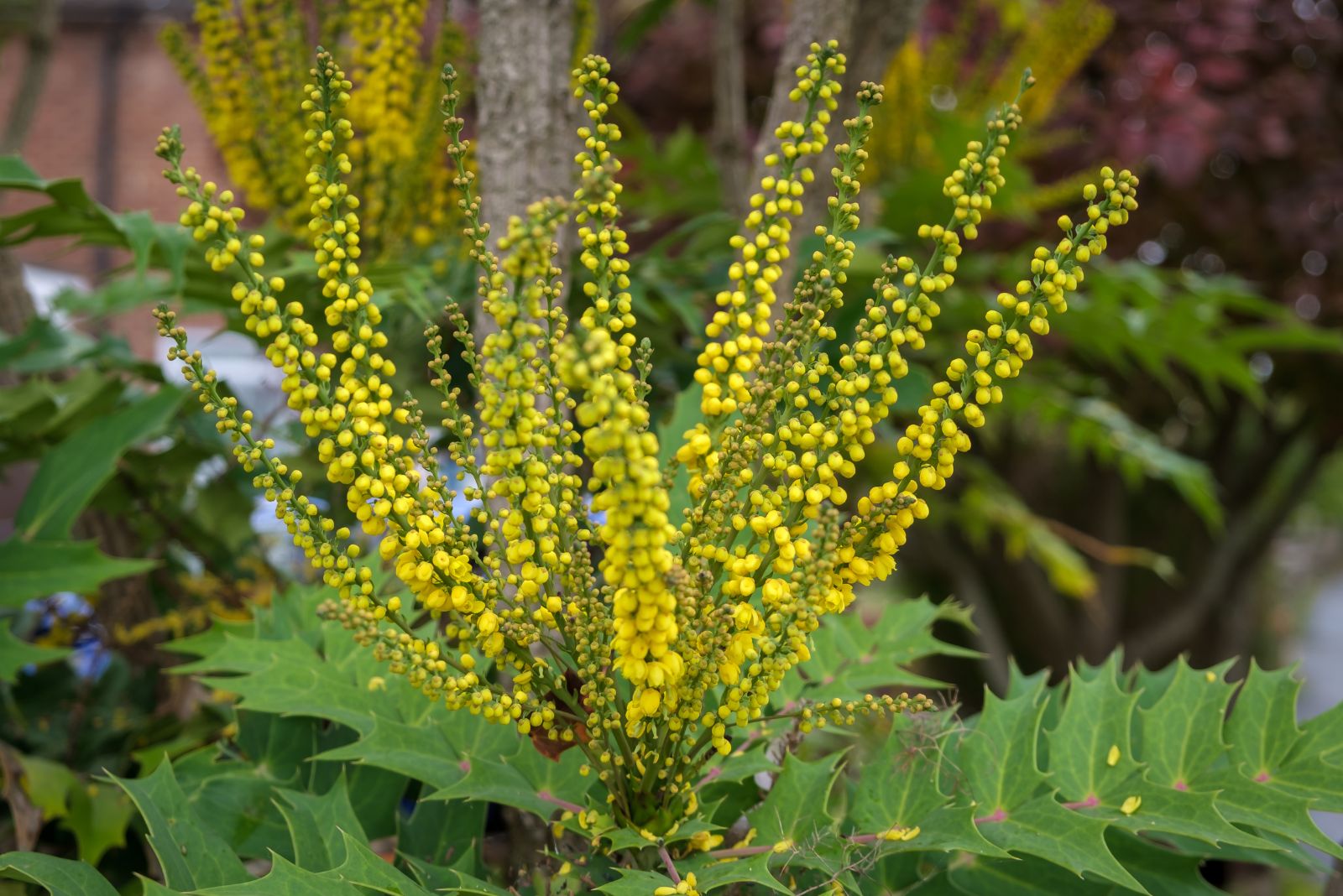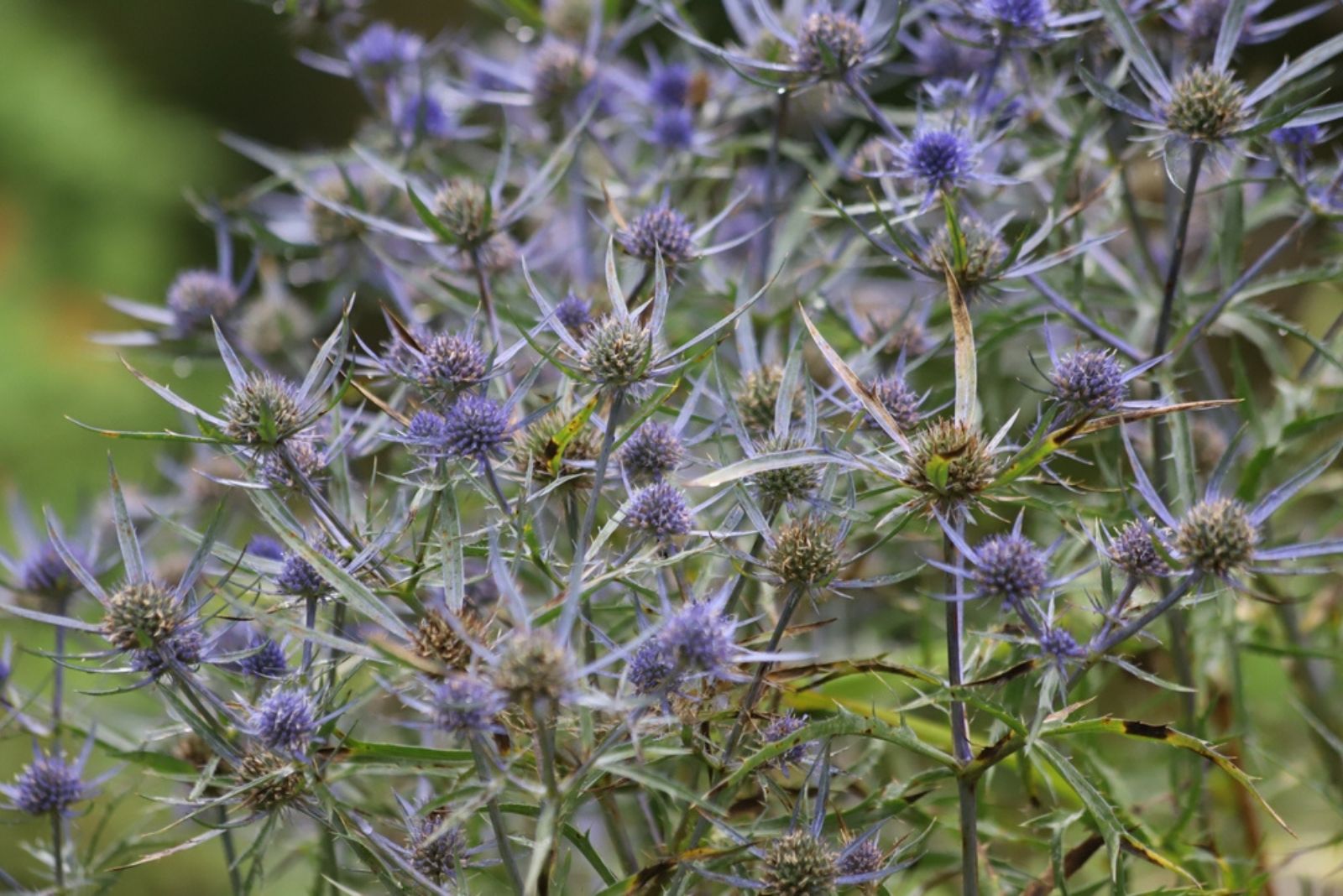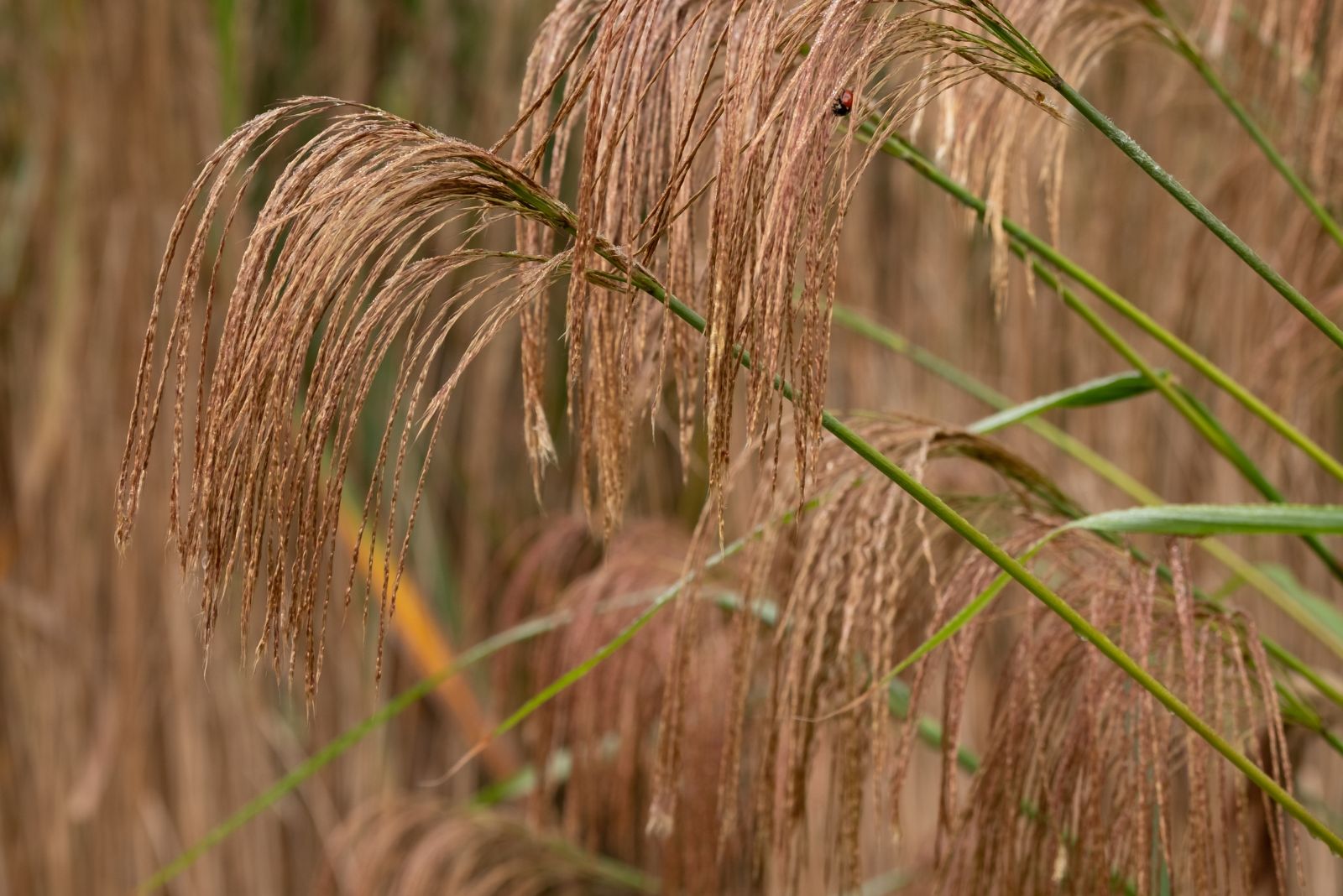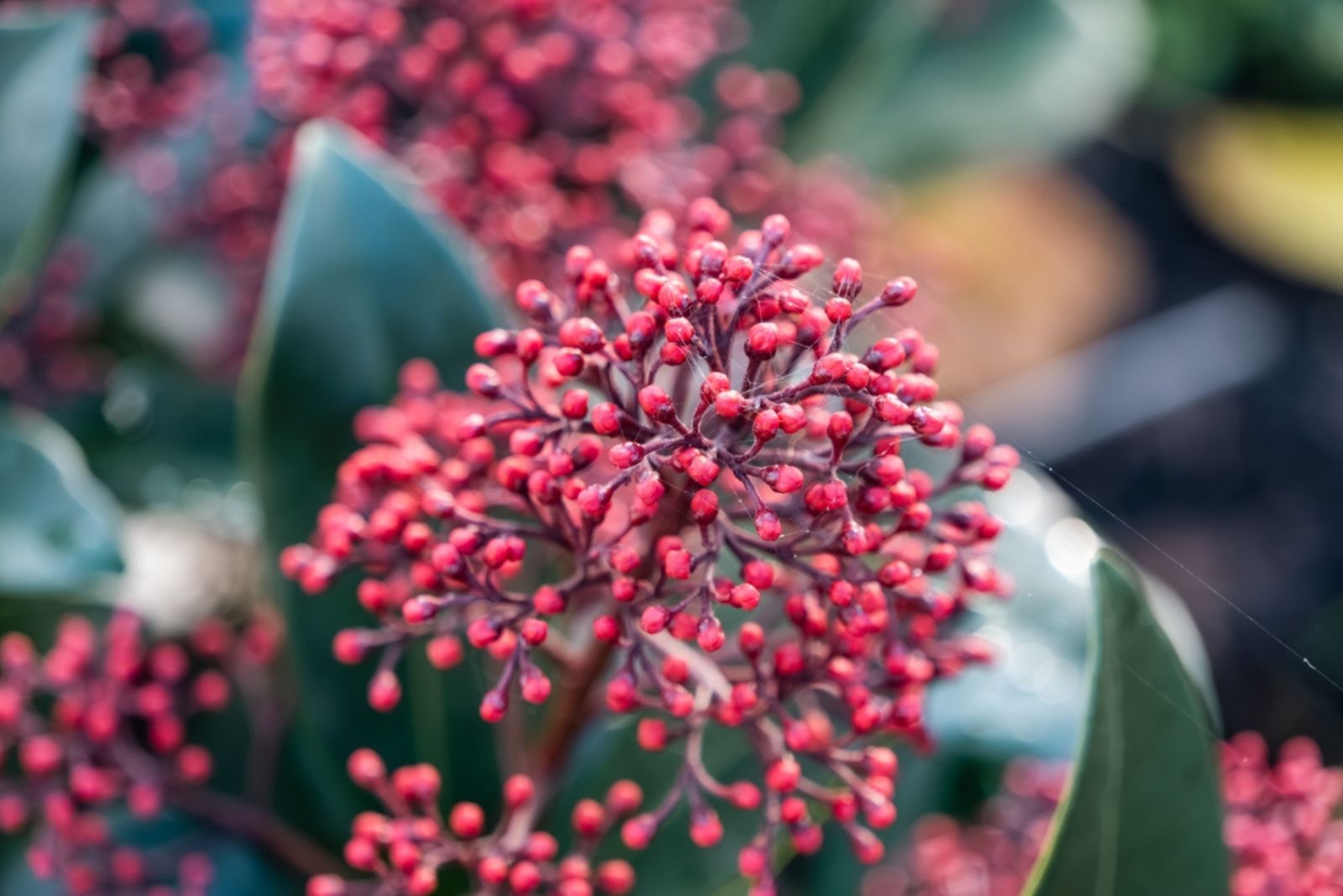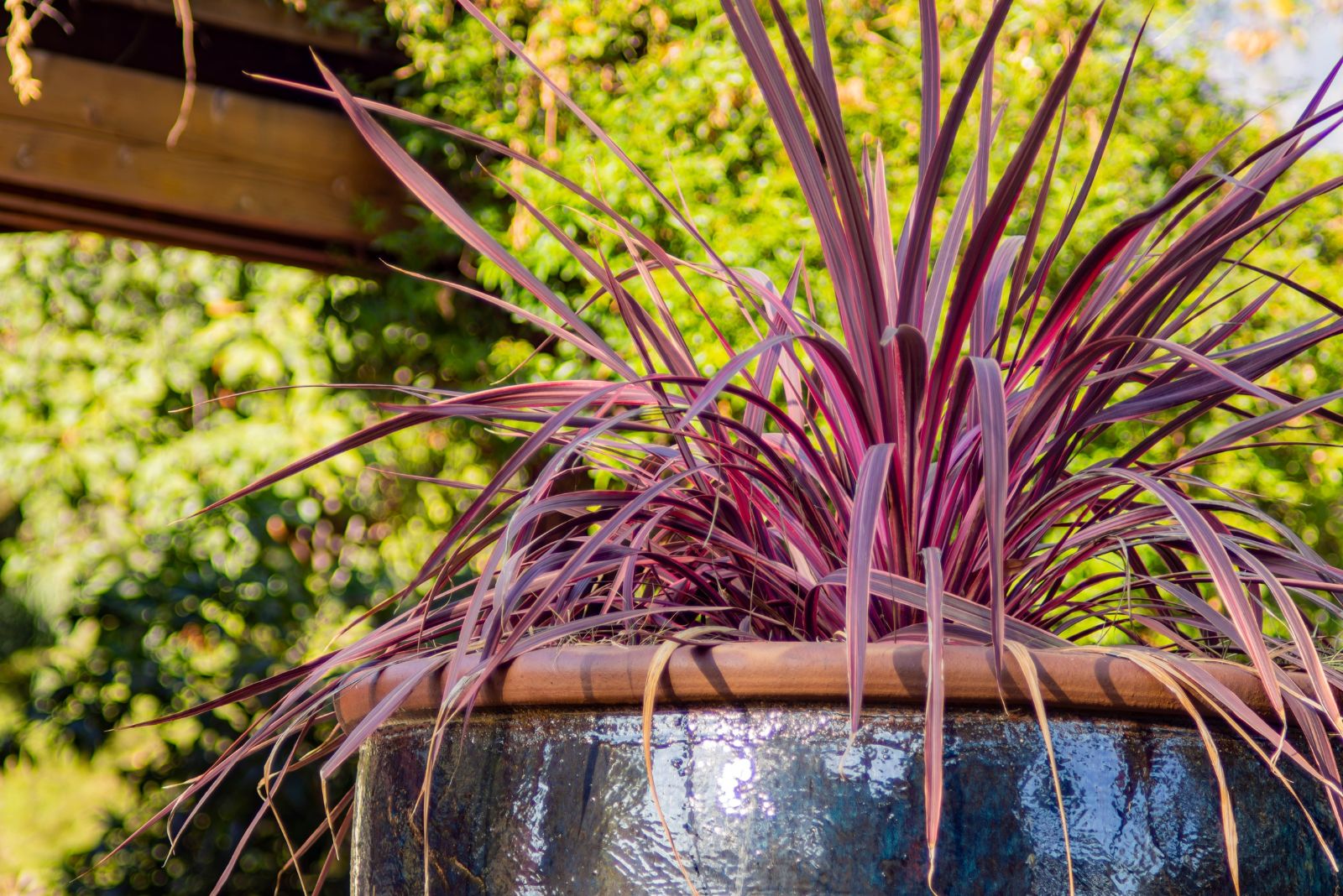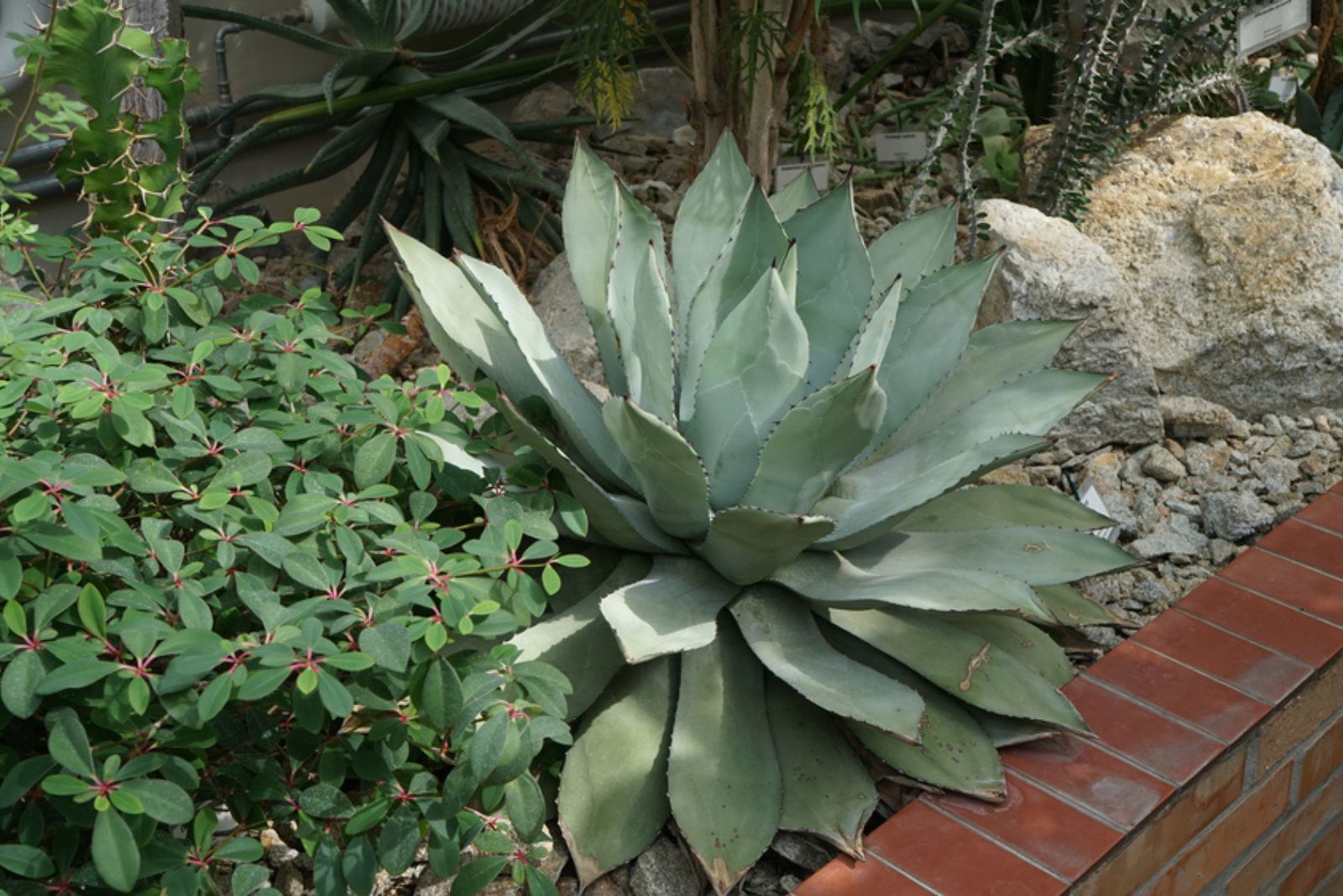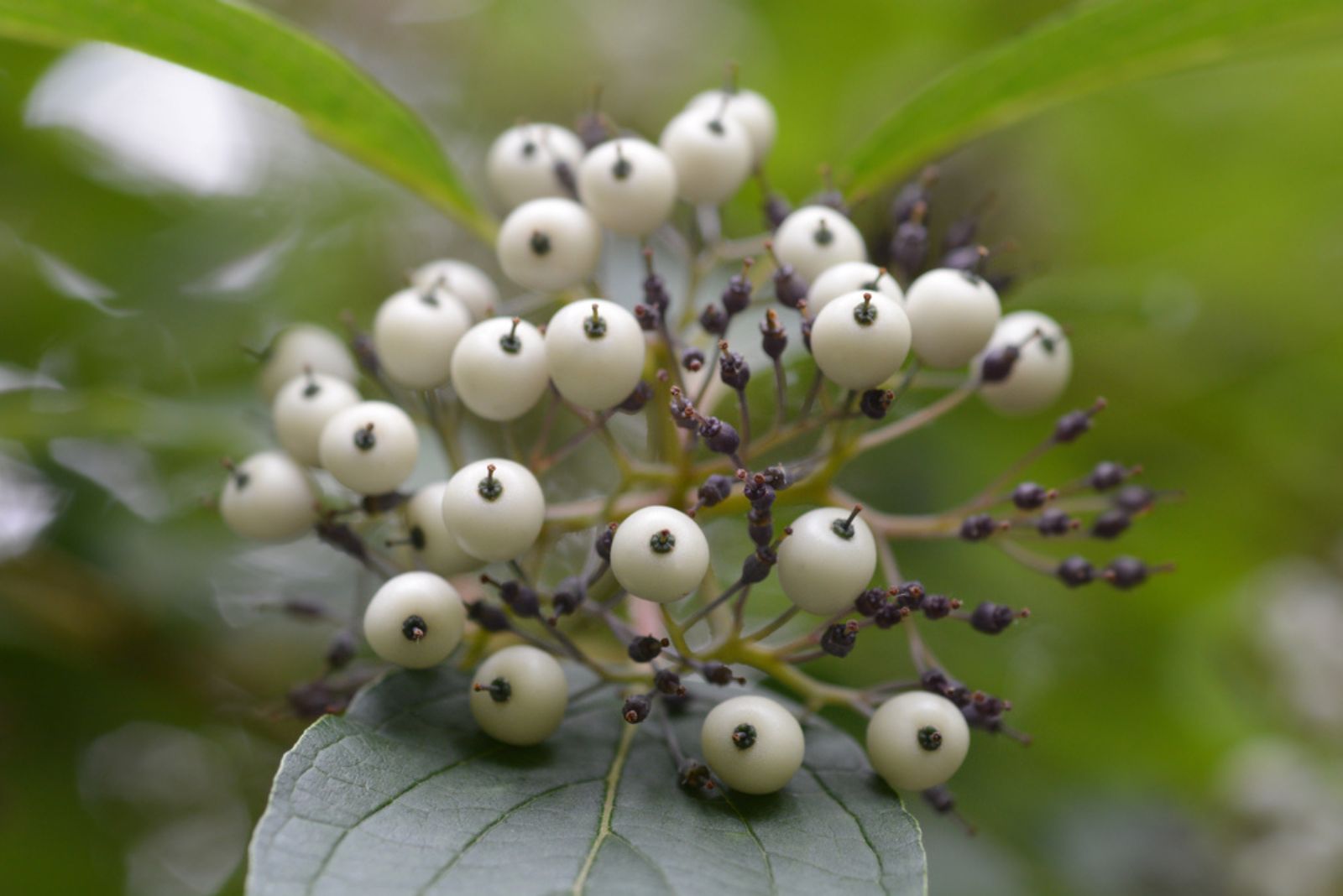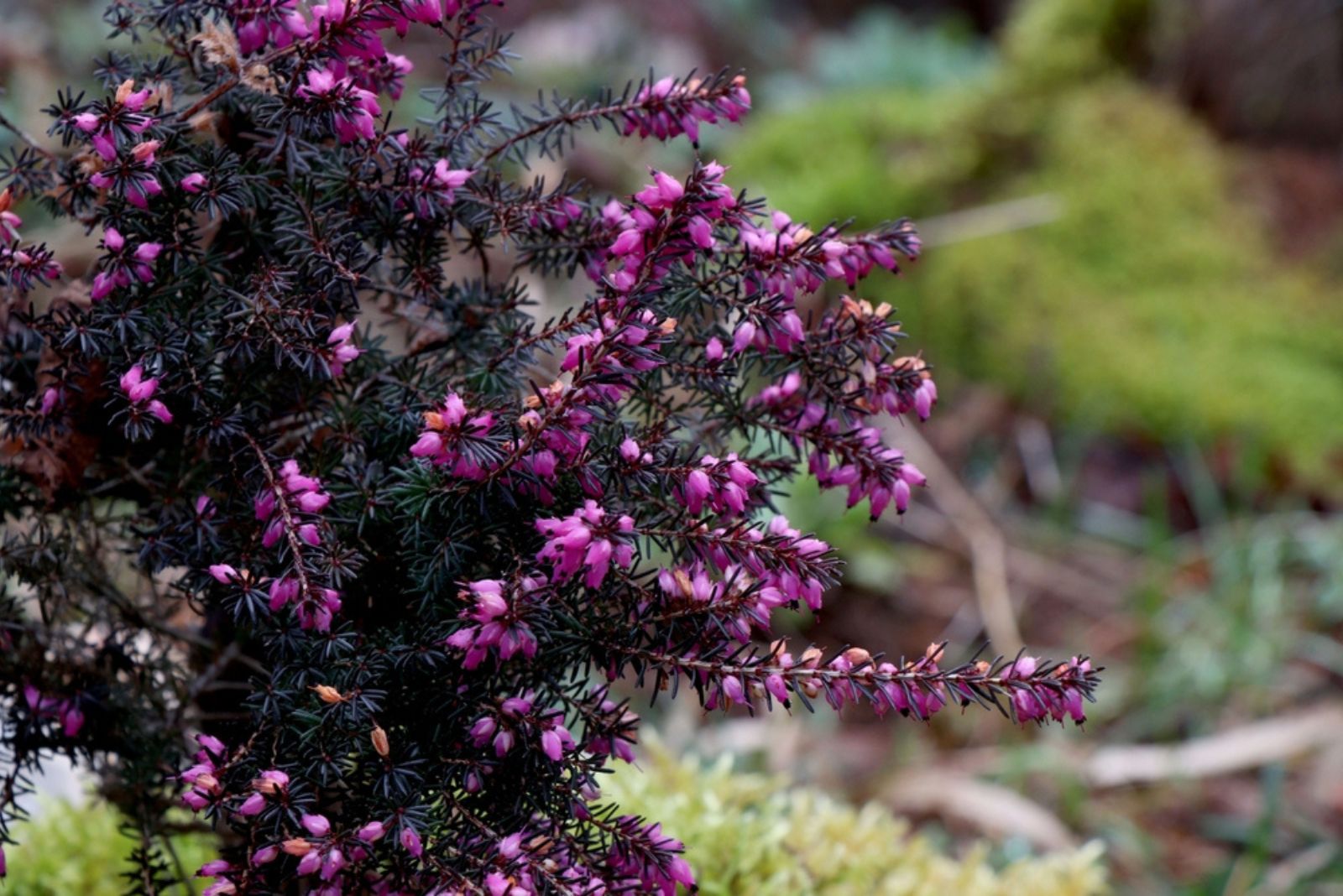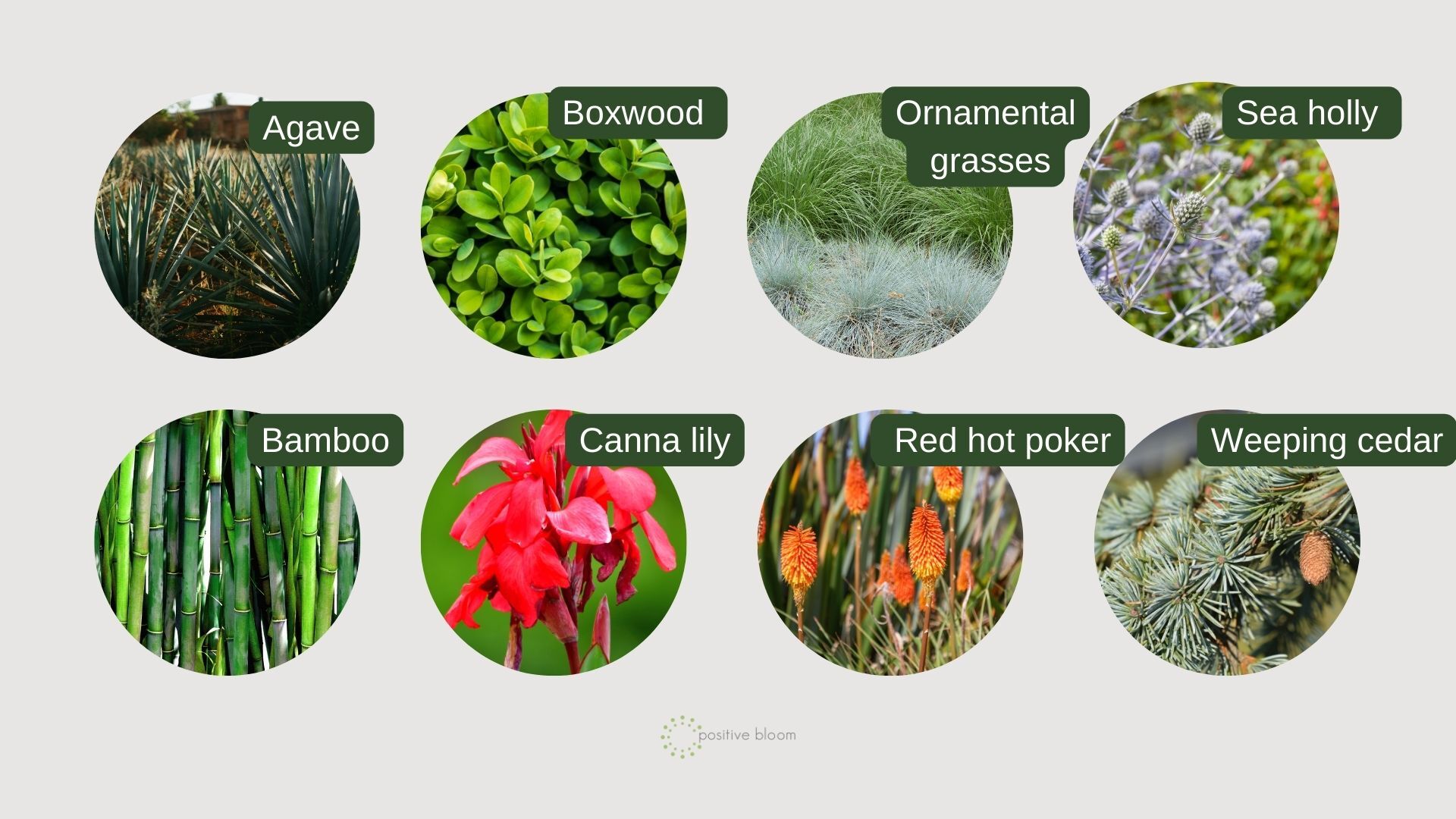You can say goodbye to your winter garden’s bare bones. Add several architectural plants and you’ll enjoy your front yard even during the cold months.
They add texture, structure, and a touch of drama. Choose the ones suitable for your growing zone, and you won’t have any issues.
The best part about architectural plants is that many are evergreen. That means they’ll add interest to your garden all year long.
Here are my top 9 choices!
Let’s get started!
#1 Black Bamboo
[table id=825 /]
The black shoots of this evergreen bamboo brought it the name “black”. Deep green leaves adorn the stems and they are a must for modern gardens.
It is perfect for containers and smaller urban settings. You can add black bamboo in your garden without any fear. It isn’t invasive and won’t overcome your yard.
The plant regenerates in spring when you get a novel flush of vibrant foliage. Place it in a spot with full sun and learn more about watering bamboo plants.
It will rise to head-spinning heights and provide you with welcome privacy all year long.
#2 ‘Charity’ Mahonia
[table id=826 /]
You’ll want this architectural plant for your garden’s focal point. Why? It produces scented yellow flowers in the midst of winter and remains green all year round.
Spiky flowers and decent height add structure to any setting.
Mahonia ‘Charity’ is perfect for woodland gardens because it thrives in partial shade. Of course, you can grow it in sunnier locations as long as you keep its growing medium moist.
#3 Eryngo (Sea Holly)
[table id=827 /]
Eryngium (aka sea holly) is a summer bloomer. Yet, you can keep its stems throughout winter to give your garden more interest.
It thrives in full sun, but with lower light levels comes a different kind of beauty. The sea holly takes on a steel-gray color in these conditions.
Sea holly plants are perfect for Mediterranean gardens. They don’t grow that tall, so you can keep them in containers or smaller yards.
The best part about eryngo is that it works well in dried flower arrangements. That way, it will bring a wintry feel to your indoor decor.
#4 Himalayan Fairy Grass
[table id=828 /]
One of the things all amazing winter gardens have are ornamental grasses. This is your excuse to add Himalayan fairy grass to your yard.
Its arching and linear leaves add a shimmering texture to your winter garden. Together with seed heads, this foliage turns a mesmerizing shade of bronze.
Yet, the winter is not the only season of interest. In summer and fall, this ornamental grass offers structure with its silky plumes.
Keep it in a sheltered location that gets plenty of sunshine, and that’s it. The Himalayan fairy grass works excellent as a border plant. It will add more character to your garden without dwarfing other annuals and perennials.
#5 Japanese Skimmia
[table id=829 /]
This dense and round-domed evergreen shrub is an amazing addition to your winter garden. Its dark and yellow-green foliage releases a pleasant aroma when you crush it.
The red flowers, berries, and deep green leaves remain on the shrub all winter long. And once spring rolls round, this evergreen produces white, scented flowers.
Keep it in shaded locations, such as the north or east corners of your garden.
The Japanese skimmia is a perfect foundational plant. It works well as a hedge or groundcover below tall trees. You can even grow it in containers if you have a small garden.
#6 New Zealand Flax
[table id=830 /]
Want a touch of drama in your winter garden? Don’t skip out on the sword-shaped, arching foliage of this perennial.
This plant is perfect for zones 9-12, but you can grow it in zone 7 and 8 if you mulch it well in winter.
There are many cultivars, but the ‘Sundowner’ works pretty well in winter gardens. Its bronze green clumps have subtle red and rose-pink margins.
It usually grows somewhere between 6 and 8 feet tall, but it can reach heights of 10 feet. This makes the New Zealand flax ‘Sundowner’ an ideal privacy screen.
Place it in a spot with plenty of sunshine and mulch it well during winter.
#7 Parry’s Agave
[table id=831 /]
Gray-blue leaves and maroon spines make this agave a popular architectural plant. Unlike most cactuses, this one can tolerate colder weather.
Parry’s agave is perfect for rock and gravel gardens. You can place it on your deck or patio for more interest, too.
If you’re afraid that the cold will harm your agave, plant it in a container and move it indoors in winter.
#8 ‘Red Twig’ Dogwood
[table id=832 /]
The ‘Red Twig’ is one of the best plants for holiday decorations. Use it indoors or enjoy it outdoors where it can add more color and structure to your garden.
In general, dogwoods are small trees or shrubs that don’t grow very tall. That means they work well for small gardens.
Plant a couple of ‘Red Twigs’ together for more dimension or intersperse them around your garden.
The best thing about dogwoods is that they don’t need too much attention. They will even flourish in partial shade and damp soil. Of course, they do best in full sun!
#9 ‘Springwood Pink’ Winter Heath
[table id=833 /]
This one is the winner in my book. The winter heath has it all. Pink flowers and green needles are there throughout the winter.
It turns into an excellent groundcover over time, but you can grow it for its mounding habit. Plant it in containers or add it to your coastal, rock, or cottage gardens.
All it needs is a lot of sunlight and a well-draining substrate to thrive. If you live in hot climates, make sure you protect your ‘Springwood Pink’ winter heath from the harshest afternoon sun.
What Are Architectural Plants?
Architectural plants add shape and structure to your landscape. They may include various growth habits and appearances.
Weeping, upright, arching, or spreading habits are all welcome in architectural gardens. Of course, well-defined or oversized leaves are also a great sight to see in these settings.
Common architectural plants include:
• Sea holly • Weeping cedarP.S. When choosing architectural plants for your garden, keep your USDA zone in mind. It will make caring for these colorful beauties a lot easier.

